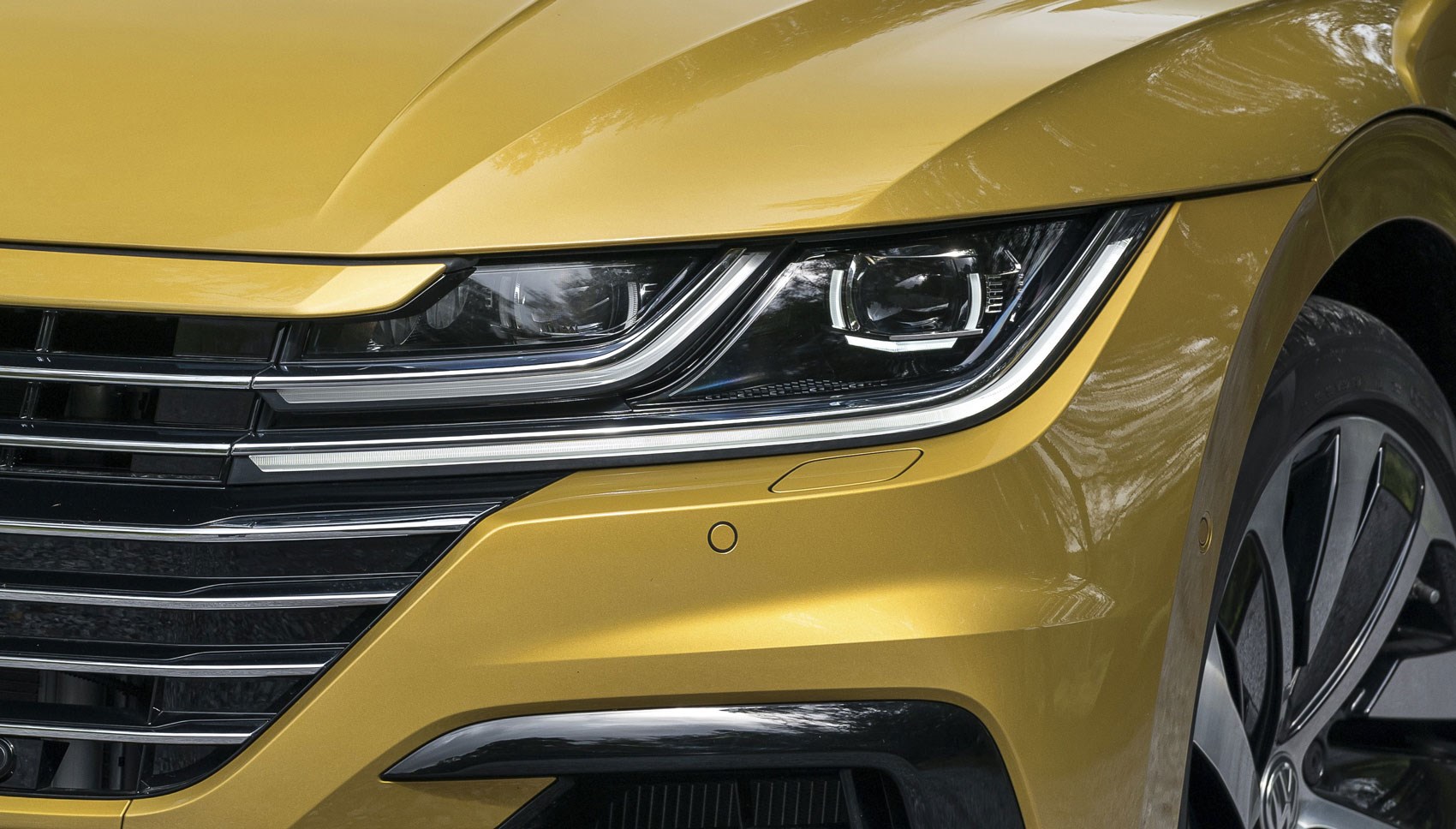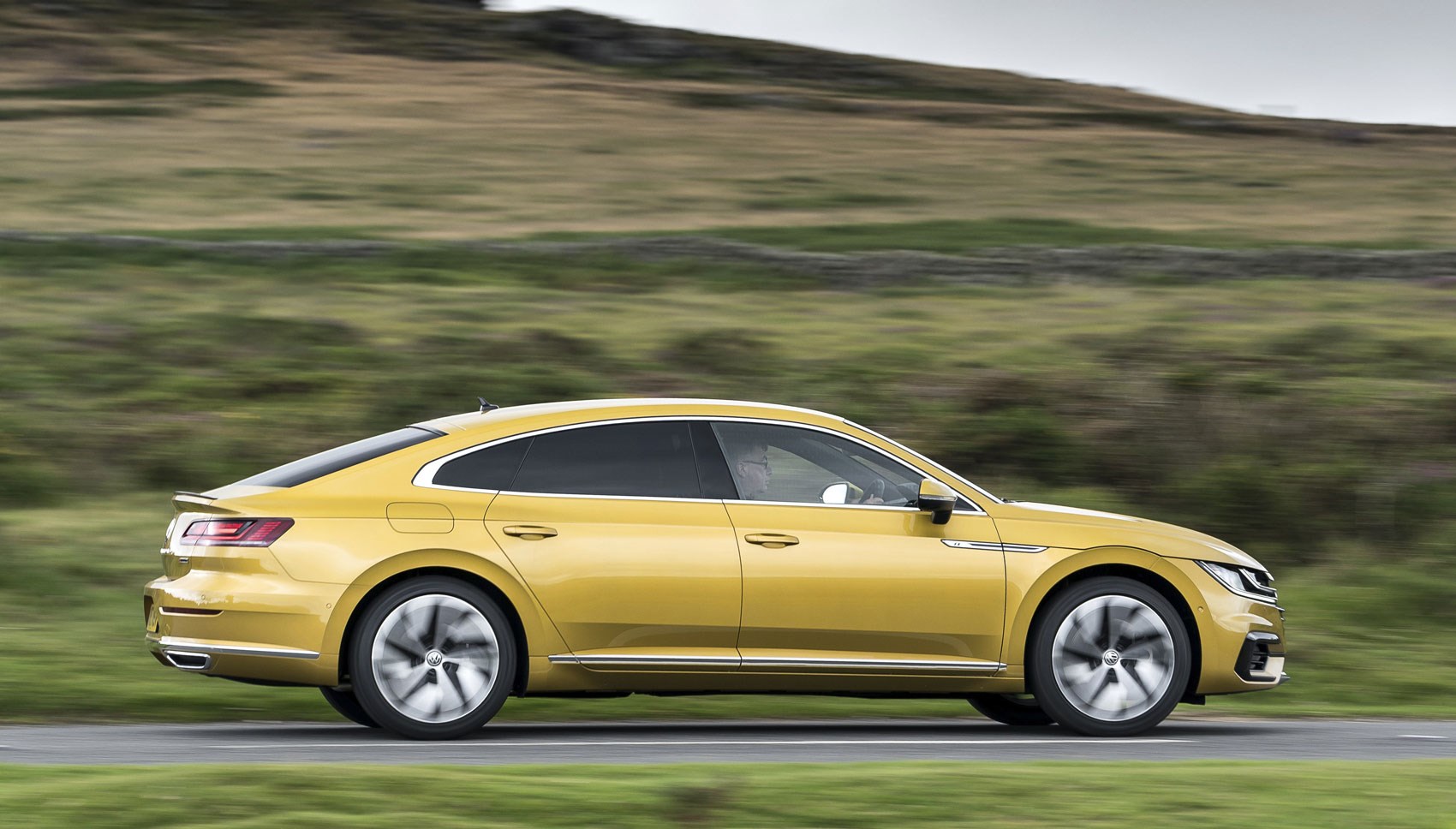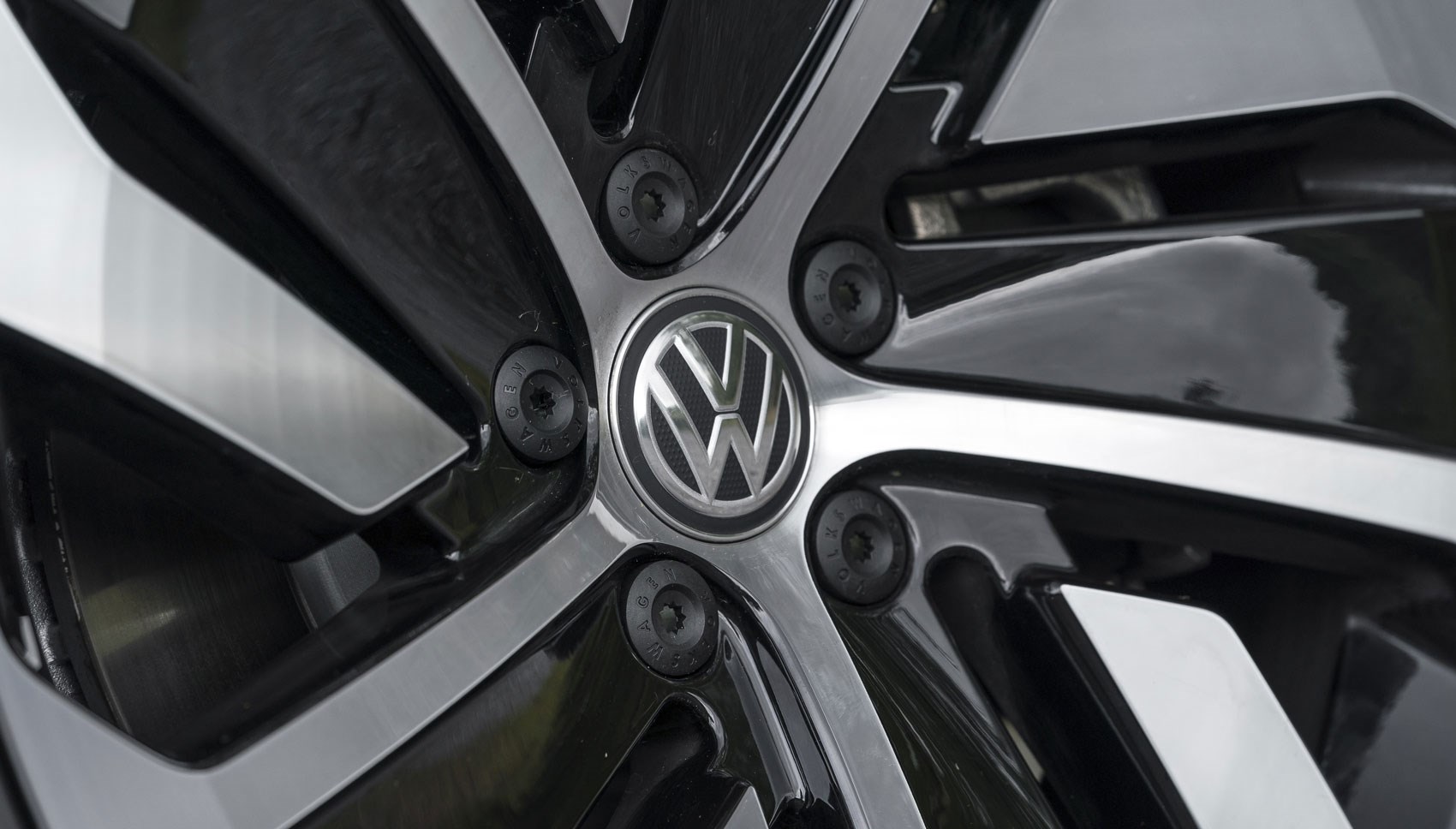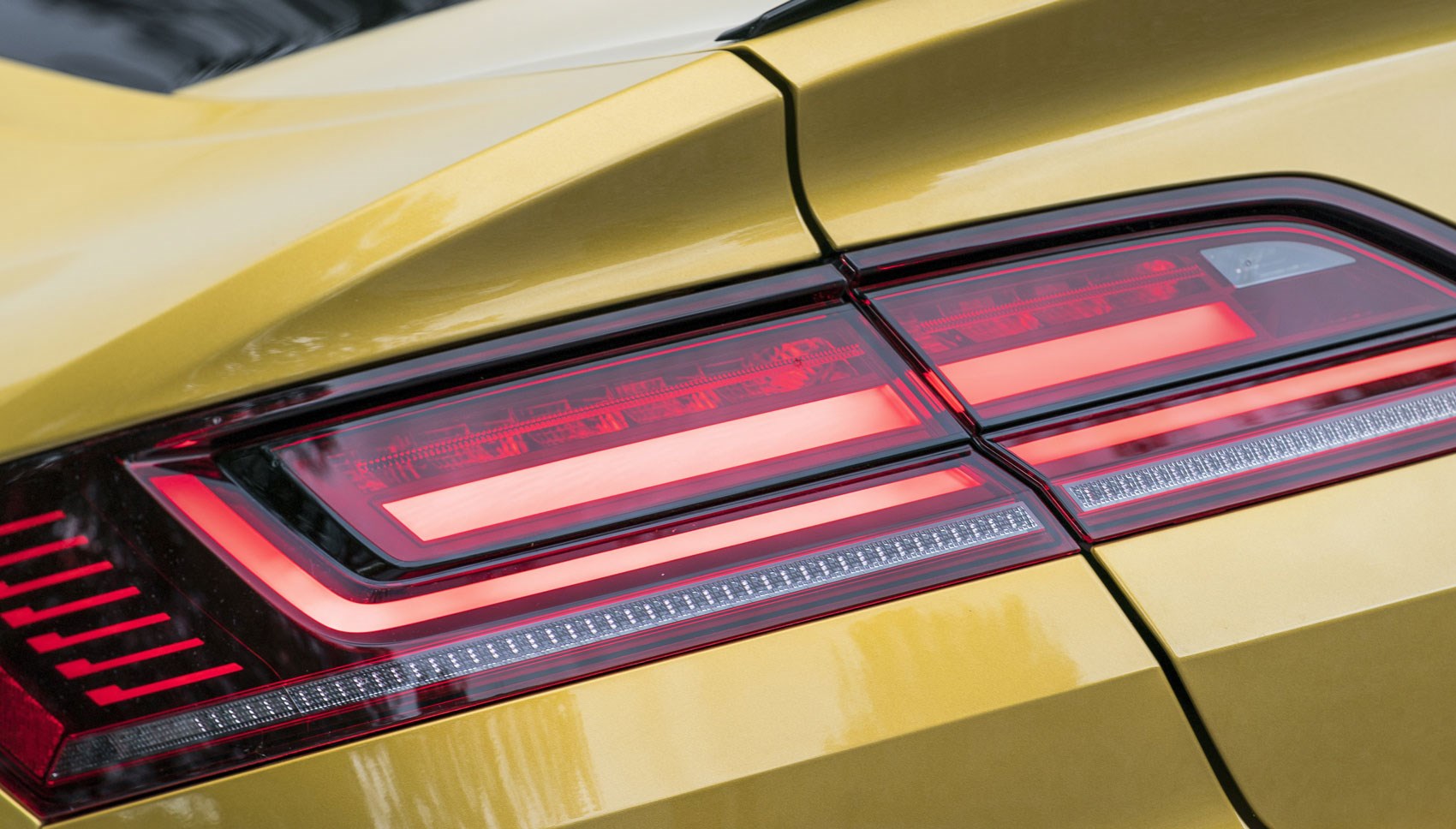► Five-door ‘coupe’ range driven
► Smooth and lively petrol is best
► Extra spec level brings the price down
If you’d never driven a VW Passat, you’d be perfectly reasonable in assuming it would feel a lot like this. It’s a car that combines all the qualities that make a Golf so good, but with the dimensions, the luxury and the equipment level all dialled up.
The mundane reality is that the Passat is a dull, perpetually disappointing non-entity that can’t hold a candle to German premium rivals like the Mercedes C-Class, and doesn’t shine against more mainstream alternatives such as the Mazda 6.
The Arteon is a different story. Yes, it’s more expensive than the Passat, but it’s also far nicer – to look at, to sit in, to live with and, most importantly, to drive.
The 2020 model year has brought a revised engine line-up, an extra (lower) trim level and new equipment across the range.
What’s changed?
The engine line-up has seen a mix of big and small changes. There’s a new 2.0-litre diesel making 148bhp, a new 268bhp petrol (replacing the old 276bhp petrol), while the 187bhp diesel has been cleaned up, and now falls into a lower tax band; there’s also a 187bhp petrol and a 237bhp diesel. All the engines are 2.0-litre fours.

The familiar Elegance and R-Line models get a new 9.2-inch touchscreen that fronts VW’s latest infotainment system, MIB3, which debuted in the new Passat. You’ll be relieved to learn that it’s a lot less annoying than the Audi equivalent.
The new entry spec level, SE, priced at £33,085 – that’s about £2000 below a comparable car in Elegance trim – is pretty slick. The car rides on 18-inch alloys, with LED headlights, adaptive cruise control, front and rear parking sensors, tinted glass for the rear passengers, manually-adjustable cloth seats, an eight-inch touchscreen and a long list of electronic safety gear.
What’s the combination to go for?
If you’re sticking to the SE trim level, you get a car that has the virtues of the Skoda Superb, but with a slopier roof. It’s blessed with a big boot, loads of space for the rear-seat passengers in particular, a civilised ambience, and a high level of electronic assistance and infotainment.
But if you go up to the higher spec levels – especially when combined with one of the more potent engines – you get a much more special-feeling package.
Elegance trim brings different wheels, more body-coloured details, self-levelling LED headlights, and upgrades to the seating and infotainment, with leather and USB slots coming out of your ears.

R-Line isn’t meant to be a higher spec level than Elegance – it’s just a bit more sporty, where Elegance is a bit more luxurious. There’s not much in it, and that’s reflected in the closeness of the pricing. It includes bigger wheels and a lot of cosmetic changes inside and out.
With SE spec you can get a 187bhp petrol or 148bhp diesel, both front-wheel drive. The diesel has a choice of six-speed manual or seven-speed DSG auto; the petrol is DSG only.
Elegance and R-Line offer those choices, plus more: a 272bhp petrol with DSG and all-wheel drive; plus three extra DSG diesels – a 187bhp front-driver, and 187bhp and 237bhp all-wheel-drive models.
Cars fitted with 4Motion all-wheel drive have Dynamic Chassis Control, which lowers the car by 15mm and allows many driving modes: Eco, Comfort, Normal, Sport and the multi-configurable Individual.
How does it drive?
Good things come to those who wait. After a couple of years of Arteons that have come close but not quite hit the spot, the optimal version has arrived. Unfortunately, it’s also the most expensive.
The combination of 268bhp petrol engine, seven-speed DSG transmission, all-wheel drive and R-Design trim works beautifully.
This engine is perfectly attuned to the steering, suspension, brakes – everything. Unlike too many of VW’s current engines, this one is largely lag-free. Instead it offers the gratifying sensation of taking you seriously – it believes you when you flex your right foot in search of more power, in the same way that the steering wheel doesn’t need asking twice to guide you through a bend and the brakes offer strong, predictable stopping power.

It’s best in Normal mode. Eco is dawdly, Comfort is woolly, Sport tries too hard, but Normal offers a very well-damped version of your best self. It’s no magic carpet, like a Mercedes S-Class, gliding over bumps and wafting around bends like they’re not there. Rather, it passes on all the necessary information about what’s happening out there in the real world but shields you from its harsher aspects. You barely notice the all-wheel drive, which signals its presence only via a lack of drama in the wet.
It’s an extremely comfortable car – right up there with the best Volvos. Combined with the good sound insulation, effective suspension, effortless audio and willing powertrain, that makes this a car that treads a fine line between dynamic pleasure and daydreamy pampering, and does it very well.
VW Arteon: verdict
The Arteon defies ready categorisation: bigger than a Passat, sleeker than a Superb, fancier than a Mondeo or Insigna, more passenger-friendly than an A5 Sportback. It’s heavy and on the expensive side.
But if that’s okay with you, the 2020 Arteon, specifically one with the new range-topping 268bhp petrol engine, is a package that works really well. Very much at home on motorways, it’s also rewardingly adept on B-roads, and not so big that it’s a liability in town.
Its combination of a calm environment, easily accessed power, supreme comfort and user-friendly infotainment means you’ll be able to drive from Plymouth to Arbroath in a day and be in the mood for a nightcap or two before hitting the hay.

Check out our VW reviews